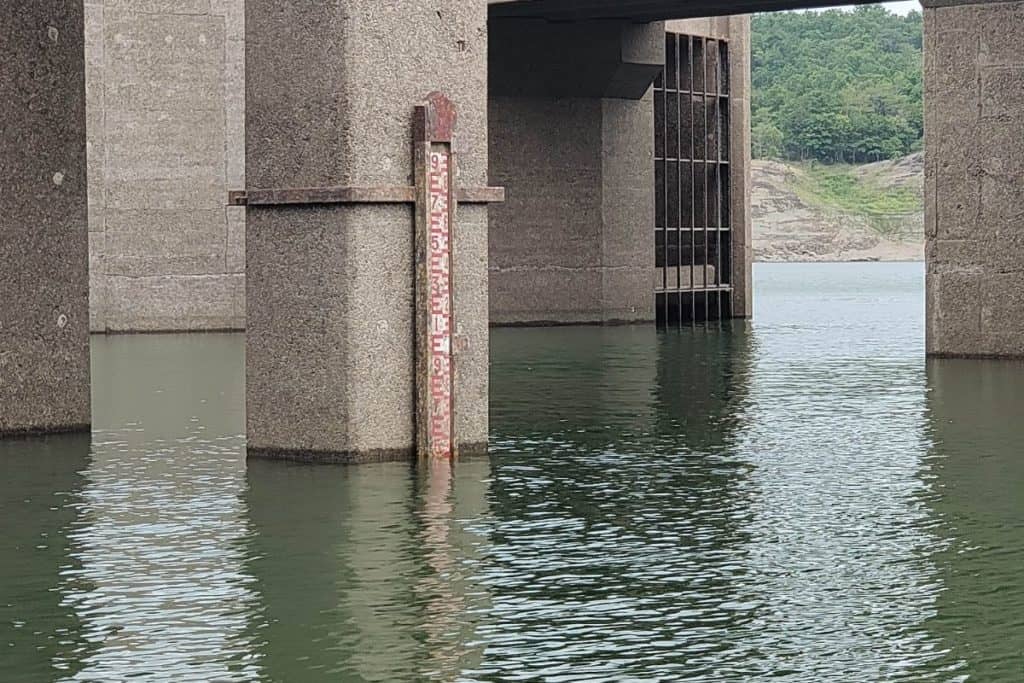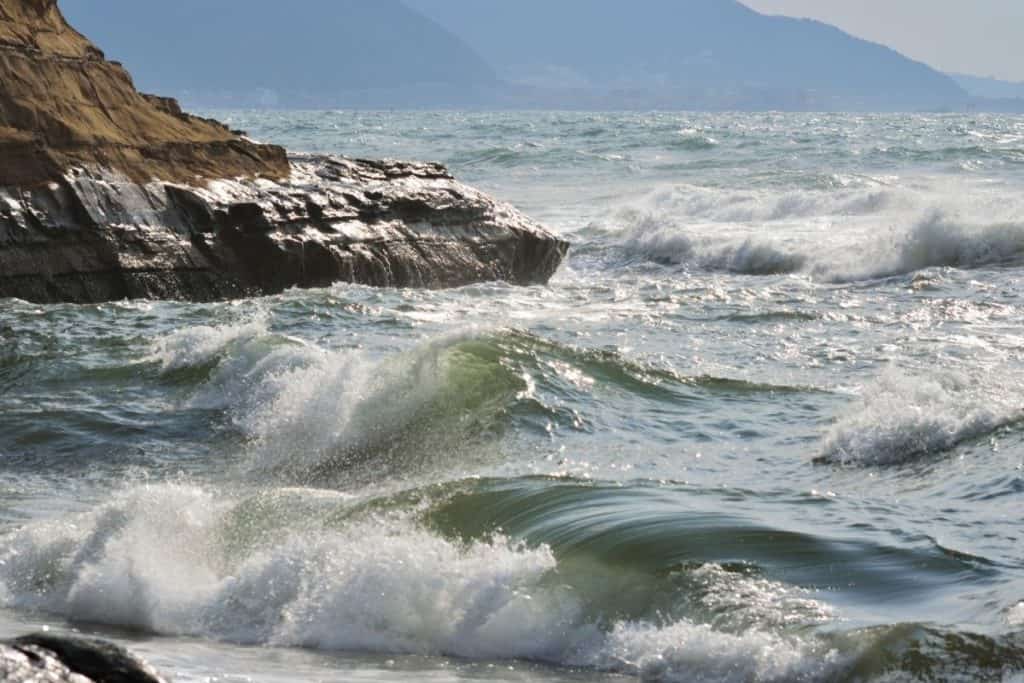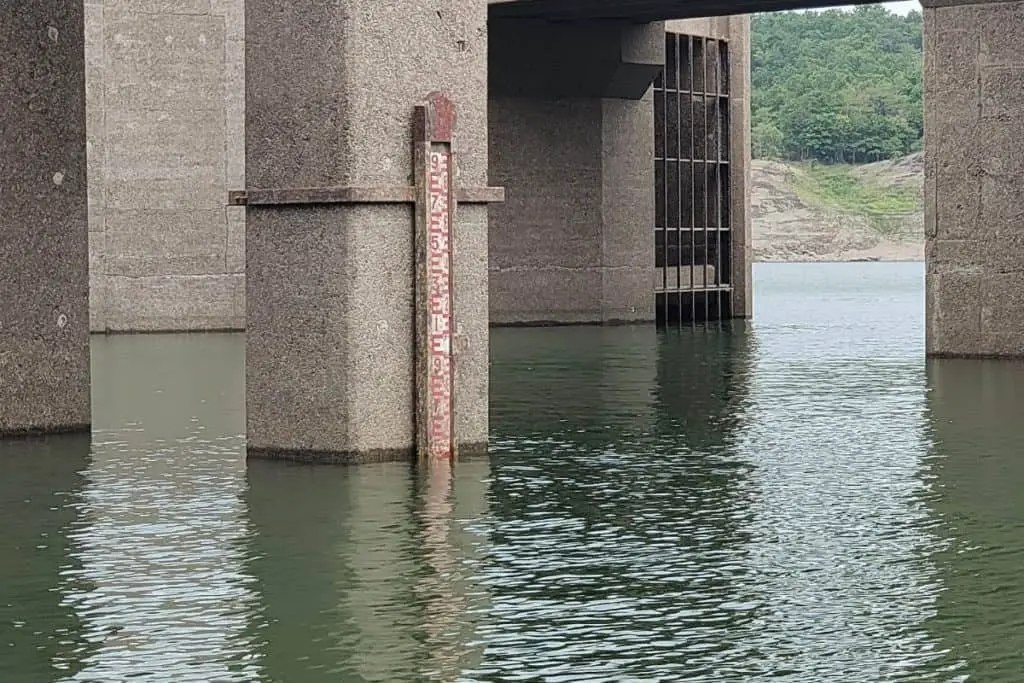As an Amazon Associate we earn from qualifying purchases.
Checking the tide times is crucial to going out on the sea. Taking a boat out when it’s due to be choppy can be dangerous, but you can avoid this hazard simply by consulting the tide chart.

But how do you actually read tide times? It can seem a little complicated at first if you don’t know what to be looking for.
The following article will break down how to read tide times, as well as everything else you might need to know regarding tide charts.
Table of Contents
Tide Times Explained
Checking tide times is vital when you’re planning sea activities, or even beach activities, especially if you live far away from the water.
Driving all the way to the beach only to realize the tide is far too high for what you were planning would be a major nuisance, so knowing how to read tide charts can save you a lot of time- and, in some cases, your life.
The purpose of a tide chart is to tell you precisely when the high tides and the low tides will occur. In some regions, every 24 hours has two high tides, and two low tides (semi-diurnal tides; one tide cycle each day is referred to as diurnal).
It’s now far easier to check these times than it used to be- before the internet you’d have needed to check a physical tide chart at your nearest port.
Nowadays you still have access to physical tide charts (mostly in the form of calendars), but you can also access tide tides online and via mobile apps.
Before you learn how to read a tide chart, though, you need to understand the terminology. A tide is a change in the water level that’s caused by a number of factors: the moon, the sun, and gravity.
The rise and fall of the water affects the behavior of the fish in the sea, which is just one of the reasons checking the tide chart is necessary when you’re going on a fishing trip.
The term low tide refers to when the water level is at its lowest point, high tide refers to when the water is at its highest point, rising tide refers to when the water’s going up, and falling tide refers to when the water’s going down.
As for any additional terminology, there’s a few more things you might want to be aware of. The term flood refers to the incoming tide that will result in high tide, while the ebb refers to when the tide is receding, which will result in low tide.

Reading A Tide Chart
The first thing you need to do to consult a tide chart once you’ve navigated to the right one (which can be done with a quick internet search) is find the correct date.
If you’re planning a trip days in advance, remember to check the date on which you’ll be going on the trip, rather than the current date. It should be noted that some tide charts are displayed with a graph, but all the same rules apply.
High Tide
In the United States the high tide is indicated in feet, but in other regions it could be in meters. You’ll need to know the high tide time if you’re going to be on the water, whether it’s boating or swimming.
The number for the highest tide will be shown as a positive number, and in some cases a plus sign will come before it. This number refers to how much higher the biggest swell will be from the average low water point.
The time that the highest tide is due to occur will usually be indicated in 24 hour time. If you’re in a region that gets two high tides per day, the tide will usually take around six hours to fully recede following each high tide.
Low Tide
Knowing the time for the low tide is more of a priority if you’re going to be doing activities on the beach, like camping or building sand castles.
The lowest tide will be indicated with a small number, which can sometimes be negative. Just like with high tides, low tides can occur twice in one day depending on the area.
If you intend to walk along a coastal area, leave at least an hour before the lowest tide is due, because when the tide is at its lowest it will soon start rising again.
If you intend to fish, the best times tend to be somewhere between low and high tide (which is referred to as the slack).
Understanding The Waves
Some charts will indicate the height and interval of the waves, as well as the tide times. This is important if you’re going to be out on the water, whether in a boat or surfing. The wave height is the distance between the highest wave and the lowest wave.
The wave interval, on the other hand, will be the time between waves. Buoys are used to measure this interval, and the time is indicated in seconds.
Higher waves are ideal for experienced surfers, and will have longer intervals between them. Shorter intervals means lower waves, which are best suited to swimming and beginner surfers.
Remember To Check The Weather
The weather is another factor that can affect wave height and wave intervals. If winds are high, this can cause waves to go up by over a foot. If you’re planning on being on the water, or even if you’re not, it’s important to be aware of the weather.
Conclusion: How To Read A Tide Chart
Reading a tide chart is easy, as long as you know what you’re looking for: the positive number that indicates the highest tide and the time at which this will occur, and the positive or negative number that indicates the lowest tide and the time this will occur.
Checking the expected wave height, as well as the intervals between these waves, is also important if you’re planning to be on the water and, before embarking on any seaside venture, remember to check the weather.
Amazon and the Amazon logo are trademarks of Amazon.com, Inc, or its affiliates.

